Samsung heads into CES 2026 with momentum Samsung Electronics is closing out 2025 with a strong signal of where its future tech ambitions lie….
Pedego Interceptor bike review: heavy metal joyride
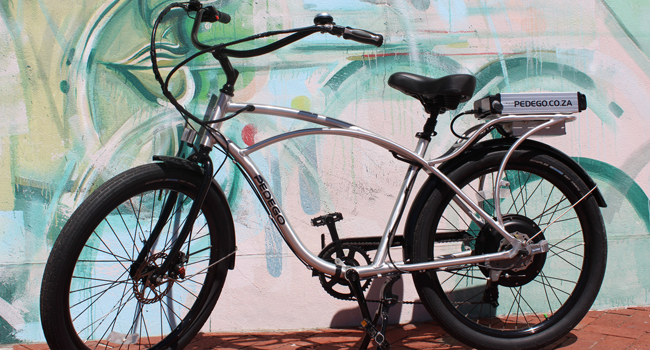

Full disclosure: the last time I rode a bicycle on anything near a regular basis was in my honours year at university. Unfortunately the same hill that made getting to campus a breeze made getting home a sweaty slog. On the face of it, an electric bike would’ve been an ideal solution.
Recently I was fortunate enough to test that hypothesis with the arrival of the Interceptor in the Burn offices. This bike from Pedego sports a 48 volt, 10 amp battery capable of producing 500 watts of power and a claimed range of around 50km. It also has a six-speed Shimano gear pack and 26-inch balloon suspension tyres with Kevlar. Oh, and for the sake of safety, a bell.
None of that however is what caught my colleagues’ attention when I wheeled it through the office doors. Sure they were intrigued by the fact that you don’t have to pedal uphill on it, but there was more to it then that. You see, the Interceptor isn’t exactly a shrinking violet. Even without the battery pack, you’re never going to mistake it for an ordinary bike.
There are a couple of reasons for that: its substantial aluminium frame is one, its bespoke stitched seat and handle bar covers are another. Perhaps most significant though is the way all the bike’s various elements come together.
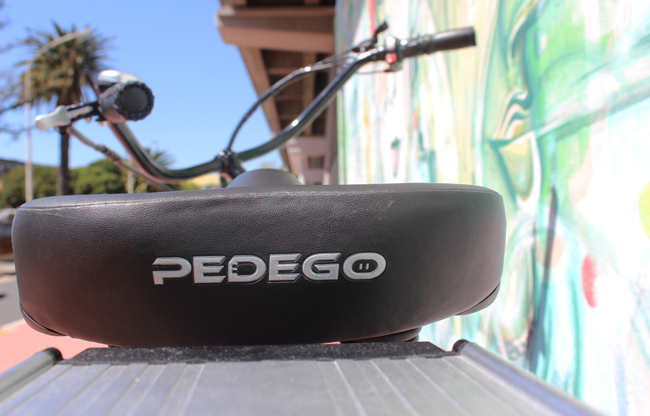
It’s patently obvious that the Interceptor isn’t designed for speed in the same way that the mounts preferred by the lycra-clad road racing set are. It’s also obvious however that this is an object designed with care: it’s meant to be beautiful, to be desired.
It evokes the past, but clearly includes modern elements that hint at its high-tech capabilities.
A hard ride
Looks are all well and good, I hear you saying, but how does it ride?
Well, as long as you’ve ridden a bicycle at some point in your life you should be able to get going fairly easily on the Interceptor. When you get on for the first time however, I would suggest doing it on a flat surface as it’s not exactly the lightest bike on the planet.
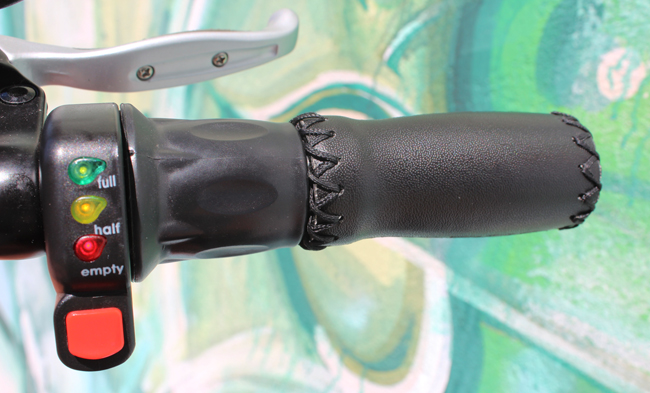
In fact, at 27Kg,, it’s pretty heavy in spite of its aluminium frame. Once you get going though, it’s a matter of switching the power on, twisting the throttle and enjoying not having to use the pedals for all but the steepest hills. Even then, you won’t feel like you’re putting in the kind of effort that powers people like Chris Froome up the steepest ascents of the Tour de France.
On flats, the sudden boosts of power provided by the battery are exhilarating… if there’s no traffic around. When you are surrounded by cars however, the Interceptor’s bulk and 28-inch handlebars only serve to make you more aware of your own mortality. That extra speed also means that a helmet is extra necessary, no matter how uncool you think it’ll make you feel on your ultra-cool bike.
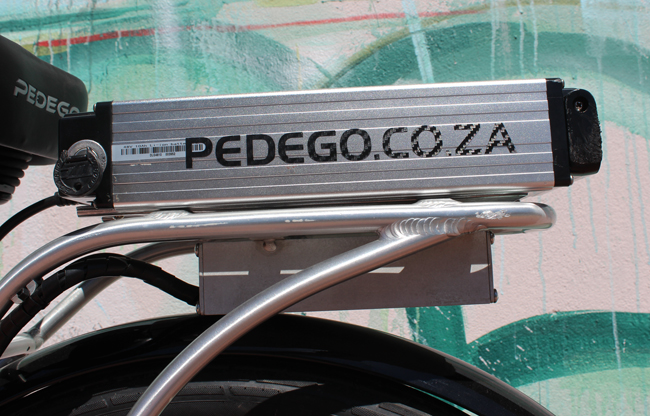
My feeling therefore is that it’s far more at home in places with actual bike paths where nimbleness and the ability to hop pavements aren’t necessary.
For the purposes of this review however, I did occasionally have to take it off a pavement and on to the road. And while it’s not as easy as it would be on a mountain bike with front and rear shock absorbers, it’s entirely possible to do without discomfort, especially if you’re standing as you do so.
There were however a couple of slight blemishes in my experience with the Interceptor. The brakes were, to put it mildly, a little sluggish but that’s something which could easily be rectified. One thing that took a lot of getting used to was the turning circle. The wide handlebars and the bike’s bulk ensure that it’s not what you’d call a “leader” in agility.
Living with it
As beautiful and fun as the Interceptor is to ride, I had a little difficulty living with it. To a large degree however, that’s the fault of my own circumstances rather than the bike.

You see, I live on the third floor of an apartment block with no lifts. If I lived in a city with low crime rates and plenty of bike racks — Amsterdam for instance — that wouldn’t be a problem. I could just lock it up, and if I was feeling extra careful, bring the battery pack in overnight.
Unfortunately I don’t. That meant dragging the bike up and down three flights of stairs every time I wanted to use it. There were days when it took me longer to get out the front gate of the apartment block than it took me to get to work.
Its frame meanwhile meant that it took up a fair portion of my flat’s tiny lounge. On the other hand, if you live in a city like mine and are in the position to drop R24 500 on a bike, it’s fairly likely that you’ll live somewhere with a garage or storage room — or at least the kind of facilities that mean not having to drag it up multiple flights of stairs (an elevator for instance).
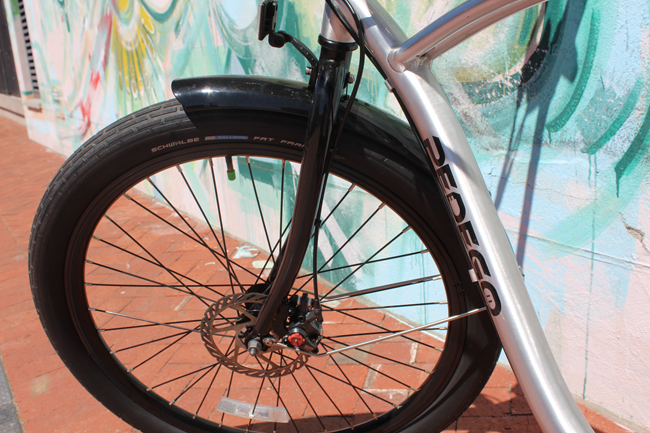
One thing it won’t be though is a massive additional expense to your electric bill. As far as I could tell, it didn’t use much more electricity than an additional laptop. If you live reasonably close to work, that cost should be more than offset by what you’ll save in petrol by using the bike instead of a car. And if you’re a little careless with your recharges (and unlike an electric car) you won’t be stuck on the side of the road.
Verdict: The Pedego Interceptor is a bespoke machine. It’s a blast to ride, although is not without flaws. Barring the price, this is a great way to save money and petrol. It’s also enviromentally friendly.
Rating: 7.5/10.

